String of Hearts Plant: A Guide to Growing and Caring for Ceropegia Woodii
The string of hearts plant, also known as Ceropegia woodii, is a popular houseplant that has gained a lot of attention for its unique appearance and ease of care. This trailing vine is native to South Africa and is a member of the milkweed family. Its delicate, heart-shaped leaves are strung together on long, thin stems, creating a cascading effect that makes it a popular choice for hanging baskets.

One of the reasons why the string of hearts plant has become so popular is its low-maintenance nature. It is a hardy plant that can survive in a range of conditions, making it ideal for those who are new to plant care or have limited space. In addition, it is a slow-growing plant that requires minimal pruning, making it a great choice for those who want to add some greenery to their home without the hassle of constant upkeep.
Another appealing aspect of the string of hearts plant is its unique appearance. Its long, delicate vines and heart-shaped leaves make it a beautiful addition to any room. It can be trained to grow up a trellis or allowed to trail down from a hanging basket, creating a stunning visual effect. Overall, the string of hearts plant is a great choice for anyone looking to add some greenery to their home without a lot of fuss.
Botanical Profile
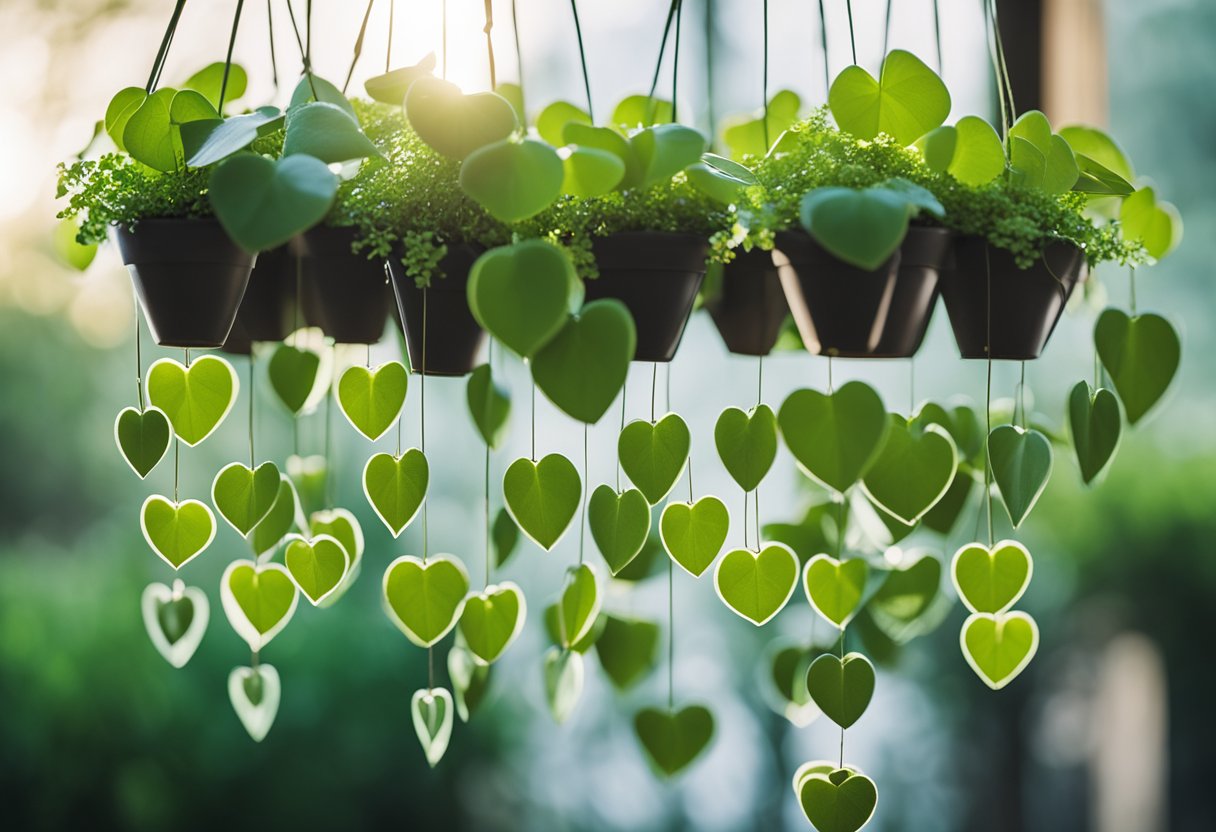
Scientific Classification
The String of Hearts plant, also known as Ceropegia Woodii or Rosary Vine, belongs to the Apocynaceae family. It is a herbaceous perennial plant that is native to South Africa, Zimbabwe, and Swaziland. The plant is characterized by its thin, wiry stems that can grow up to several feet long, with small, heart-shaped leaves that are typically green or variegated with shades of silver or purple.
Origin and Habitat
The String of Hearts plant is native to Southern Africa, where it grows in a variety of habitats, including forests, grasslands, and rocky outcrops. It is a popular houseplant due to its attractive appearance and ease of care. The plant prefers bright, indirect light and well-draining soil, and can be propagated by stem cuttings or by division of the tuberous roots.
In summary, the String of Hearts plant is a fascinating plant with an interesting history and a unique appearance. Its delicate, heart-shaped leaves and thin, wiry stems make it a popular choice for indoor gardening, and its ease of care and ability to thrive in a variety of conditions make it a great choice for beginners. Whether you’re an experienced gardener or just starting out, the String of Hearts plant is sure to be a welcome addition to your collection.
Plant Description
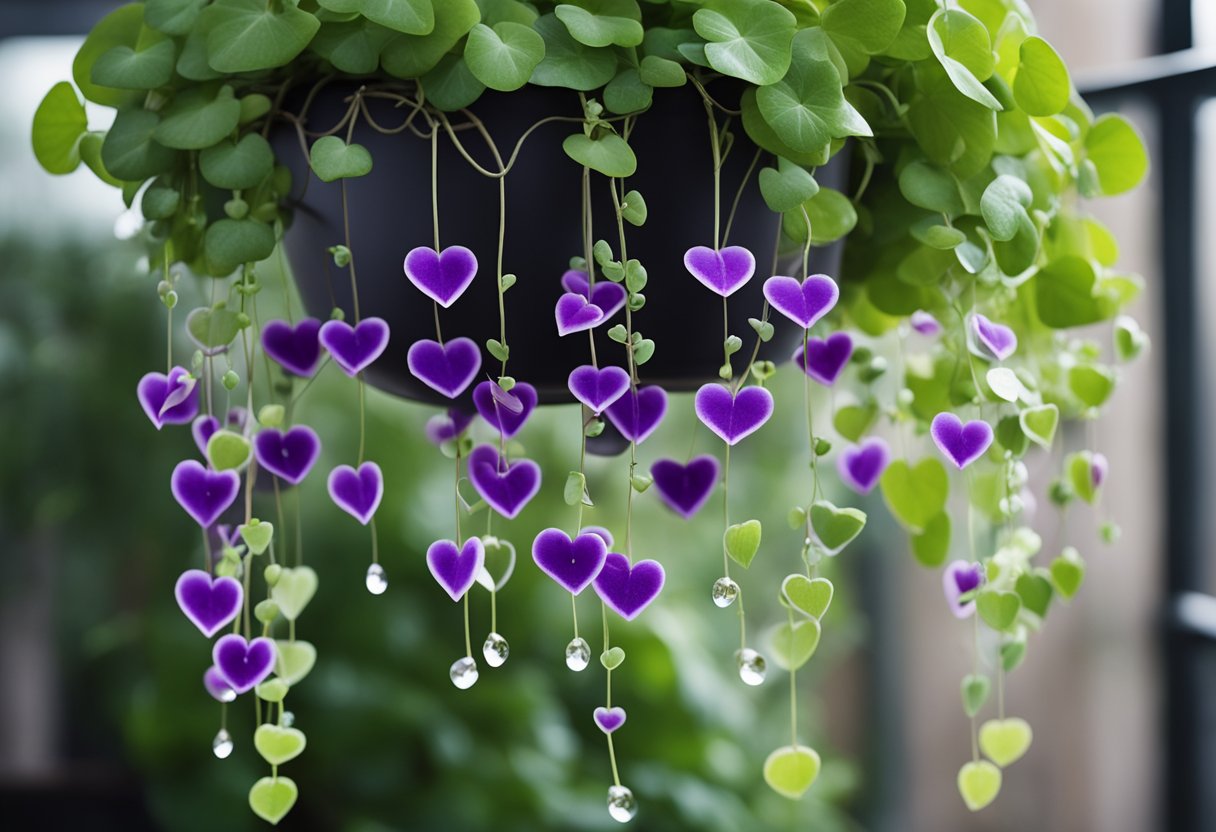
The String of Hearts plant, also known as Ceropegia woodii, is a popular trailing houseplant that is native to South Africa. It is a member of the Asclepiadaceae family and is characterized by its delicate, heart-shaped leaves that are arranged in pairs along thin, wiry stems.
Leaf Characteristics
The leaves of the String of Hearts plant are small, about 1-2 cm in length, and have a distinct heart shape that is slightly pointed at the tip. They are typically a light green color with variegated silver markings that run along the edges of the leaves. The variegation can vary in intensity depending on the amount of light the plant receives.
Vine Growth
The String of Hearts plant is a trailing vine that can grow up to several feet in length. Its stems are thin and wiry, making it an ideal plant for hanging baskets or trailing over the edges of shelves or plant stands. The plant produces small, tubular flowers that are typically a light pink or purple color.
The String of Hearts plant is also known by other names, such as String of Needles, due to its thin, elongated leaves, and Patterned Leaves, due to the variegated silver markings on its foliage. It is a relatively easy plant to care for, requiring bright, indirect light and well-draining soil. It is also drought-tolerant, but should be watered regularly during the growing season.
Overall, the String of Hearts plant is a charming and low-maintenance houseplant that can add a touch of greenery and whimsy to any space.
Cultivation Details
Light Requirements
The String of Hearts plant thrives in bright indirect light but can tolerate some direct sunlight. However, it should be protected from harsh afternoon sun as it can scorch the leaves. In low light conditions, the plant may become leggy and lose its vibrant color.
Soil Composition
The String of Hearts plant prefers a well-draining soil mix that is rich in organic matter. A blend of potting soil, perlite, and sand can be used to achieve the ideal soil composition. It is also important to ensure that the pot has adequate drainage holes to prevent waterlogging.
Watering Schedule
The String of Hearts plant should be watered thoroughly but allowed to dry out slightly between watering. In the summer months, it may require more frequent watering than in the winter. Overwatering can lead to root rot and should be avoided.
Temperature and Humidity
The String of Hearts plant prefers temperatures between 60-80°F (15-27°C) and moderate humidity levels. It can tolerate lower temperatures but should be protected from frost. In dry indoor environments, it may benefit from occasional misting to increase humidity.
Fertilization Practices
The String of Hearts plant benefits from regular fertilization during the growing season. A balanced fertilizer can be used every two weeks to promote healthy growth. However, it is important not to over-fertilize as this can lead to salt buildup in the soil.
Overall, the String of Hearts plant is a low-maintenance plant that is easy to care for with the right conditions. By providing it with adequate light, well-draining soil, proper watering, and occasional fertilization, it can thrive and add a touch of beauty to any indoor space.
Propagation Techniques
String of Hearts plant is a popular houseplant due to its beautiful heart-shaped leaves and easy-to-care-for nature. Propagating this plant is relatively simple and can be done through stem cuttings, tuber division, or water propagation.
Stem Cuttings
One of the easiest ways to propagate String of Hearts plant is through stem cuttings. To do this, simply cut a section of stem that has at least two leaves and a node. Remove the lower leaves and place the cutting in a well-draining soil mix. Keep the soil moist and in a bright, indirect light until new growth appears, which typically takes a few weeks.
Tuber Division
String of Hearts plant also produces aerial tubers, which can be used for propagation. To do this, carefully remove the tubers from the main plant and plant them in a well-draining soil mix. Keep the soil moist and in a bright, indirect light until new growth appears.
Water Propagation
Water propagation is another easy way to propagate String of Hearts plant. Simply take several cuttings and place them in a jar of water. Change the water every few days and keep the jar in a bright, indirect light. Once roots have formed, transplant the cuttings into a well-draining soil mix.
Overall, String of Hearts plant is a great plant for beginners and experienced gardeners alike. With its easy propagation techniques, it’s a great plant to share with friends and family.
Potting and Repotting
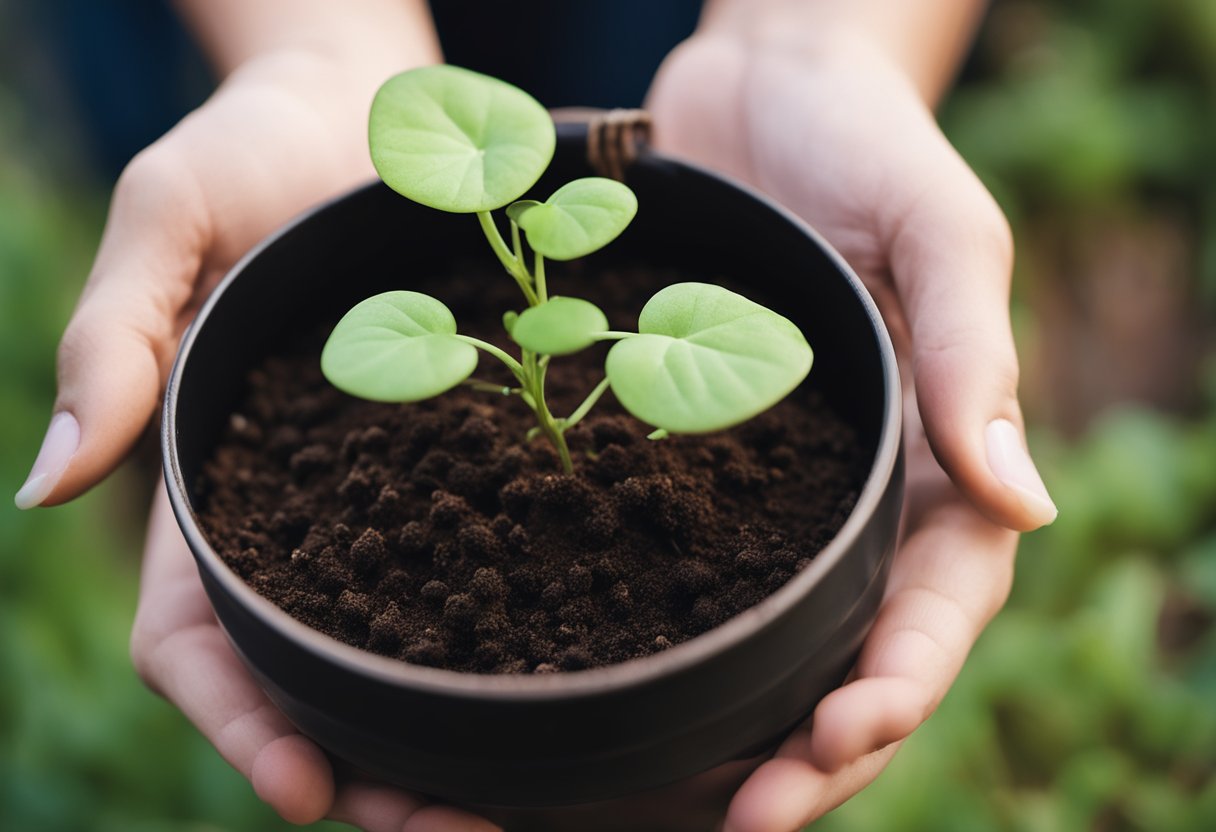
Choosing the Right Pot
When it comes to potting and repotting string of hearts plants, choosing the right pot is crucial. The pot should be slightly larger than the current pot to allow for growth, but not too large as to cause the soil to remain wet for too long. It is recommended to choose a porous pot that allows for good drainage, such as a terra cotta pot, as this will help prevent overwatering and root rot.
Repotting Steps
When it is time to repot a string of hearts plant, it is important to follow a few simple steps to ensure success. First, carefully remove the plant from its current pot, being mindful not to damage the delicate roots. Next, gently loosen the roots and remove any dead or decaying roots.
After this, place a layer of fresh potting soil at the bottom of the new pot. Then, place the plant in the new pot and fill around it with fresh potting soil, making sure to gently press the soil down around the roots. Finally, water the plant thoroughly and allow it to drain before returning it to its usual spot.
Overall, potting and repotting string of hearts plants is a simple process that can be done with a few basic steps. By choosing the right pot and following proper repotting procedures, you can ensure that your string of hearts plant will thrive and grow for years to come.
Plant Care and Maintenance
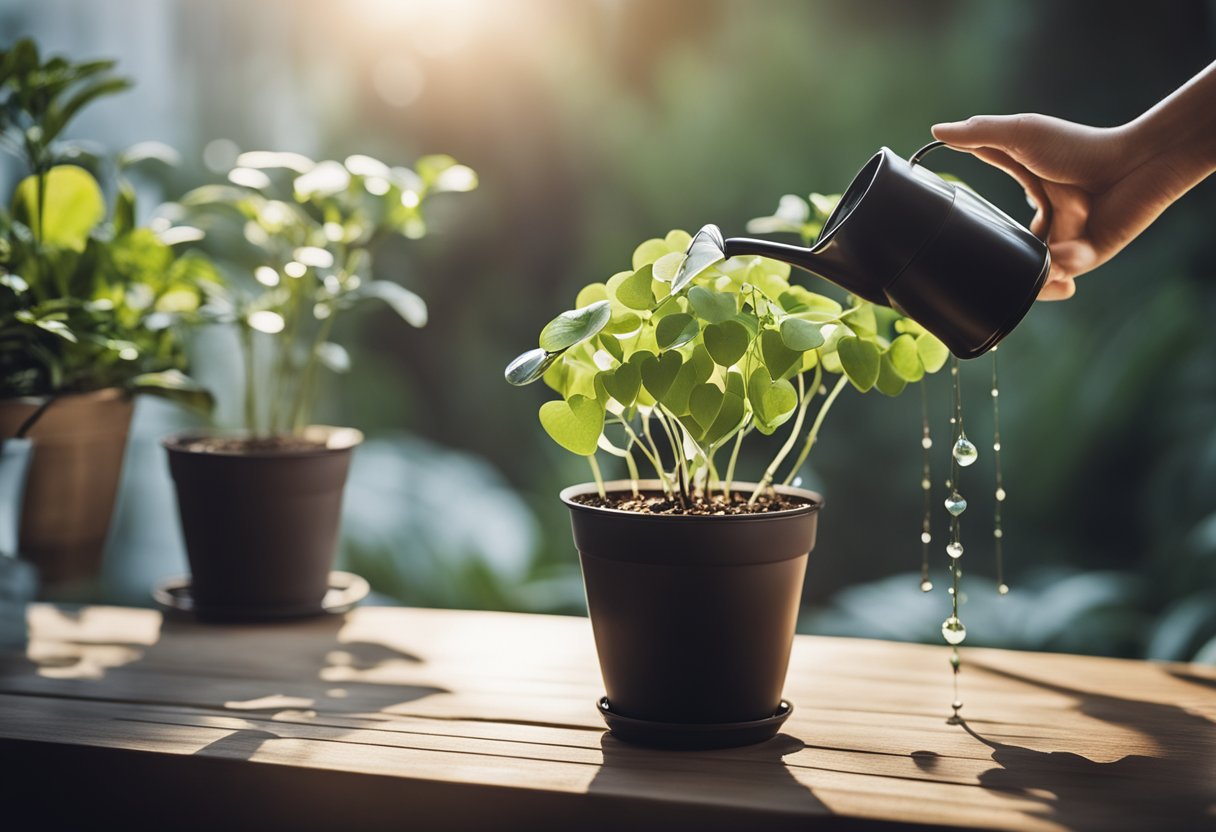
Pruning and Training
String of Hearts plants are easy to maintain and do not require frequent pruning. However, pruning can help to keep the plant in shape and promote fuller growth. To prune, use a sharp, clean pair of scissors or pruning shears to snip off any dead or damaged leaves or stems. You can also pinch back the tips of the vines to encourage branching and fuller growth.
Training the vines is also important to maintain the plant’s shape and prevent tangling. You can wrap the vines around a trellis or stake, or drape them over a hanging basket. Be gentle when handling the vines to avoid damaging them.
Pest and Disease Management
String of Hearts plants are generally pest and disease resistant, but they can still be susceptible to mealybugs and root rot. Mealybugs can be removed by wiping them off with a cotton swab dipped in rubbing alcohol. To prevent root rot, make sure the soil is well-draining and avoid overwatering. If you notice any signs of disease or pests, isolate the plant and treat it promptly to prevent the spread to other plants.
Seasonal Care Adjustments
During the growing season, string of hearts plants require more frequent watering and fertilizing. Water the plant when the soil is dry to the touch, but be careful not to overwater. Fertilize the plant once a month with a balanced fertilizer.
In the dormant season, reduce watering and fertilizing to allow the plant to rest. Keep the plant in a cool, dry place and avoid exposing it to extreme temperatures or direct sunlight.
Overall, with proper care and maintenance, your string of hearts plant will thrive and continue to bring beauty to your home or garden.
Common Issues and Solutions

Watering Problems
One of the most common issues with the string of hearts plant is overwatering. This can lead to root rot and eventual death of the plant. It is important to let the soil dry out completely before watering again. Another issue is underwatering, which can cause the leaves to wilt and dry out. To avoid this, make sure to water the plant thoroughly and consistently, but not too frequently.
Light and Temperature Issues
The string of hearts plant prefers bright, indirect light and temperatures between 60-80°F. If the plant is not getting enough light, it may become leggy and lose its vibrant color. On the other hand, if it is exposed to direct sunlight, the leaves can become scorched and turn brown. It is important to find a balance and provide the plant with the ideal amount of light and temperature.
Soil and Drainage Concerns
The string of hearts plant requires well-draining soil to prevent water from sitting in the roots and causing rot. It is recommended to use a mixture of potting soil and perlite or sand to improve drainage. Additionally, it is important to use a pot with drainage holes to allow excess water to escape. If the plant is not thriving, it may be necessary to repot it in fresh soil with better drainage.
Overall, the string of hearts plant is a relatively low-maintenance plant, but it is important to address any issues promptly to ensure its health and longevity. By following these tips and providing the plant with the ideal growing conditions, it can thrive and add beauty to any space.
Design and Display Ideas
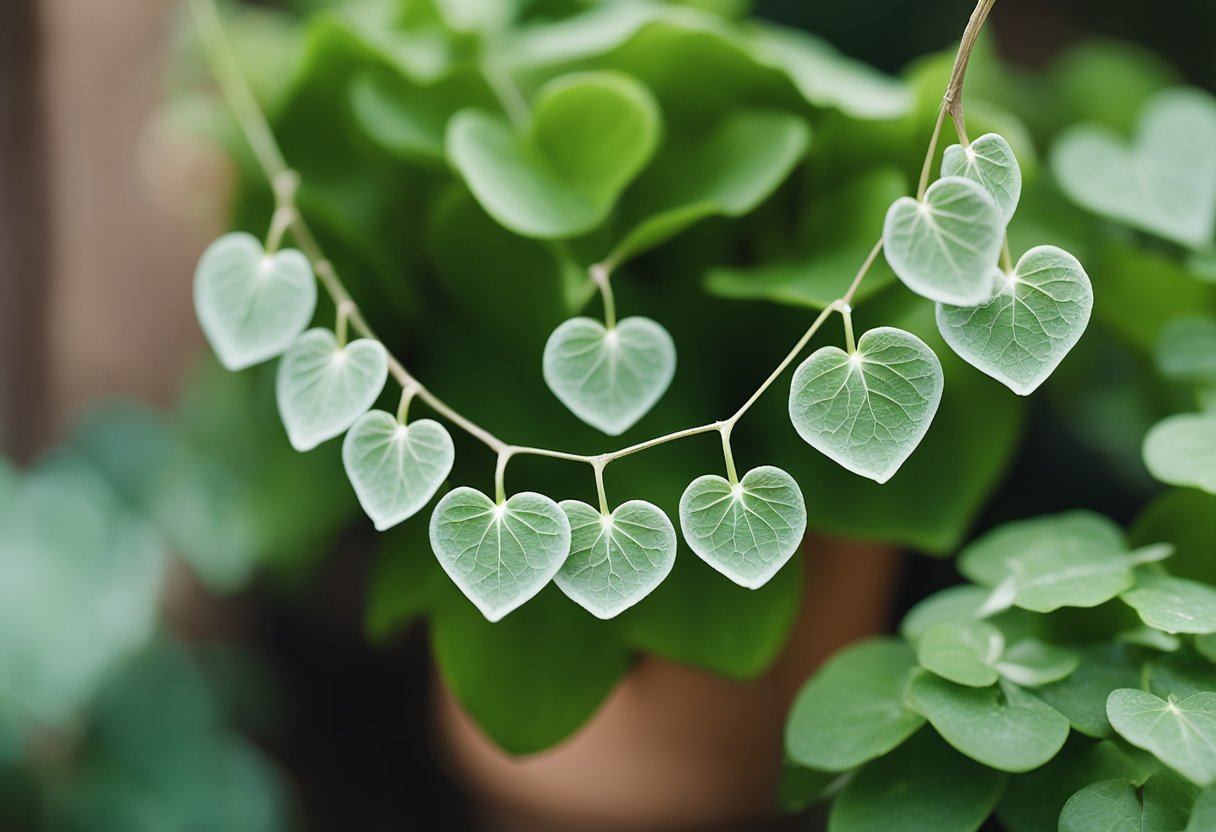
Indoor Arrangement Tips
The String of Hearts plant is an excellent choice for indoor arrangements due to its trailing nature. It is perfect for hanging baskets, pots, or shelves. The plant can be trained to grow bushier by pinching off the tips of the stems. This will encourage the plant to produce more leaves and create a fuller appearance.
To create a stunning display, consider pairing the String of Hearts plant with other houseplants that have similar care requirements. For example, the plant looks great when combined with other trailing plants such as Pothos or Ivy. You can also use the String of Hearts as a ground cover in large spaces or rock gardens.
Outdoor Planting Suggestions
The String of Hearts plant is a great choice for outdoor planting in warmer climates. It can be grown in hanging baskets, pots, or as a ground cover. When planting outdoors, make sure to choose a location with well-draining soil. The plant prefers partial shade to full sun.
To create a beautiful outdoor display, consider combining the String of Hearts plant with other trailing plants such as Sweet Potato Vine or Creeping Jenny. You can also use the plant as a ground cover in rock gardens or as a border plant.
Overall, the String of Hearts plant is a versatile and attractive plant that can be used in a variety of indoor and outdoor settings. With the right care, this plant can add a touch of beauty to any space.
Varieties and Related Species
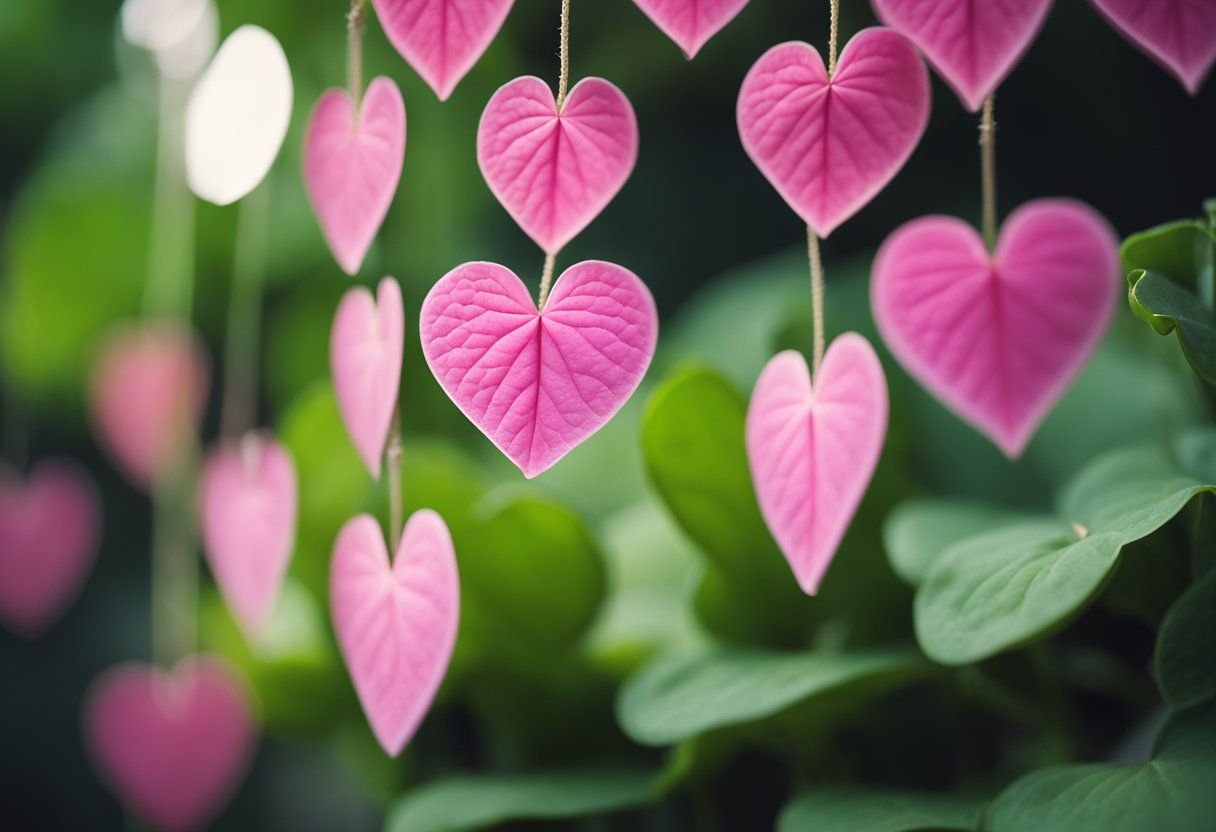
The String of Hearts plant, also known as Chain of Hearts, is a popular trailing succulent plant that is highly valued for its delicate, heart-shaped leaves and its ability to grow in a variety of conditions. There are several varieties and related species of the String of Hearts plant, each with its unique characteristics.
Variegated Varieties
One of the most striking variations of the String of Hearts plant is the variegated variety. Variegated plants have leaves that are a mix of green and white or green and yellow. These plants are highly sought after by collectors and are often more expensive than their non-variegated counterparts.
Similar Succulent Plants
While the String of Hearts plant is a unique species, there are several other trailing succulent plants that are similar in appearance. One such plant is the String of Pearls, which has small, round leaves that resemble pearls. Another similar plant is the String of Bananas, which has leaves that are shaped like bananas.
Succulent plants, in general, are known for their ability to store water in their leaves, stems, and roots, making them well-suited for arid environments. The String of Hearts plant is no exception and is a popular choice for those looking to add a touch of greenery to their homes without the need for frequent watering.
In conclusion, the String of Hearts plant is a versatile and attractive succulent plant that comes in a variety of forms. Whether you opt for a variegated variety or a similar trailing succulent, this plant is sure to add a touch of beauty to any space.
Frequently Asked Questions
How should I care for a String of Hearts plant indoors?
String of Hearts plants thrive in bright, indirect light and prefer well-draining soil. Watering should be done sparingly, allowing the soil to dry out between watering sessions. These plants prefer temperatures between 60-80°F (15-26°C) and can be fertilized once a month during the growing season.
Where can I find a String of Hearts plant for purchase?
String of Hearts plants can be found at most garden centers and nurseries. They can also be purchased online from various retailers.
What are the flowering habits of the String of Hearts?
String of Hearts plants produce small, pink or purple, tubular flowers that bloom in the spring and summer. However, they are primarily grown for their unique, heart-shaped leaves.
How do I handle a String of Hearts tuber?
String of Hearts plants have tubers that store water and nutrients. These tubers can be carefully removed and planted to propagate new plants. When handling the tubers, it is important to be gentle and avoid damaging them.
What common problems might I encounter with a String of Hearts plant?
Overwatering is a common issue with String of Hearts plants, as they prefer dry soil conditions. Additionally, these plants are susceptible to pests such as spider mites and mealybugs. Regular inspection and treatment can help prevent these issues.
What type of fertilizer is best for a String of Hearts plant?
A balanced, water-soluble fertilizer can be used once a month during the growing season to promote healthy growth and flowering. It is important to follow the manufacturer’s instructions and not over-fertilize, as this can harm the plant.

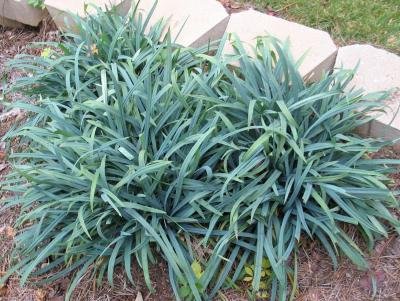
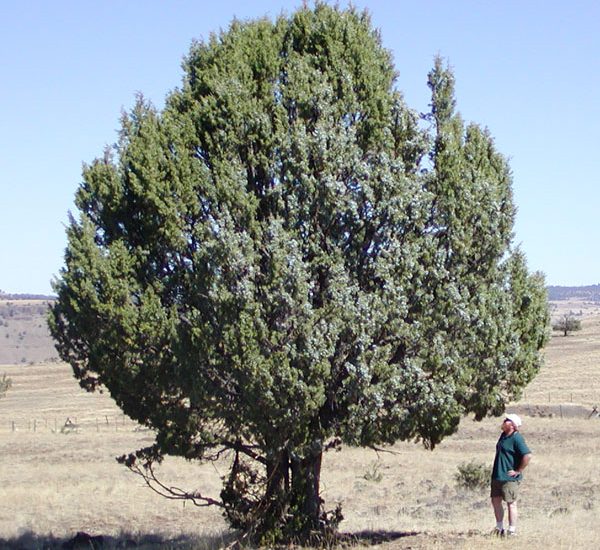
So I tried to find out where I could buy any of them. The section which you had put out didn’t say anything about where I can buy or order. Thank you Sarah
Thank you for your comment, Sarah. We’re so glad you enjoyed our blog post! We’re currently reviewing our inventory and will be updating our website with review information soon. Keep posted to our reviews section. The Plant Native Team.